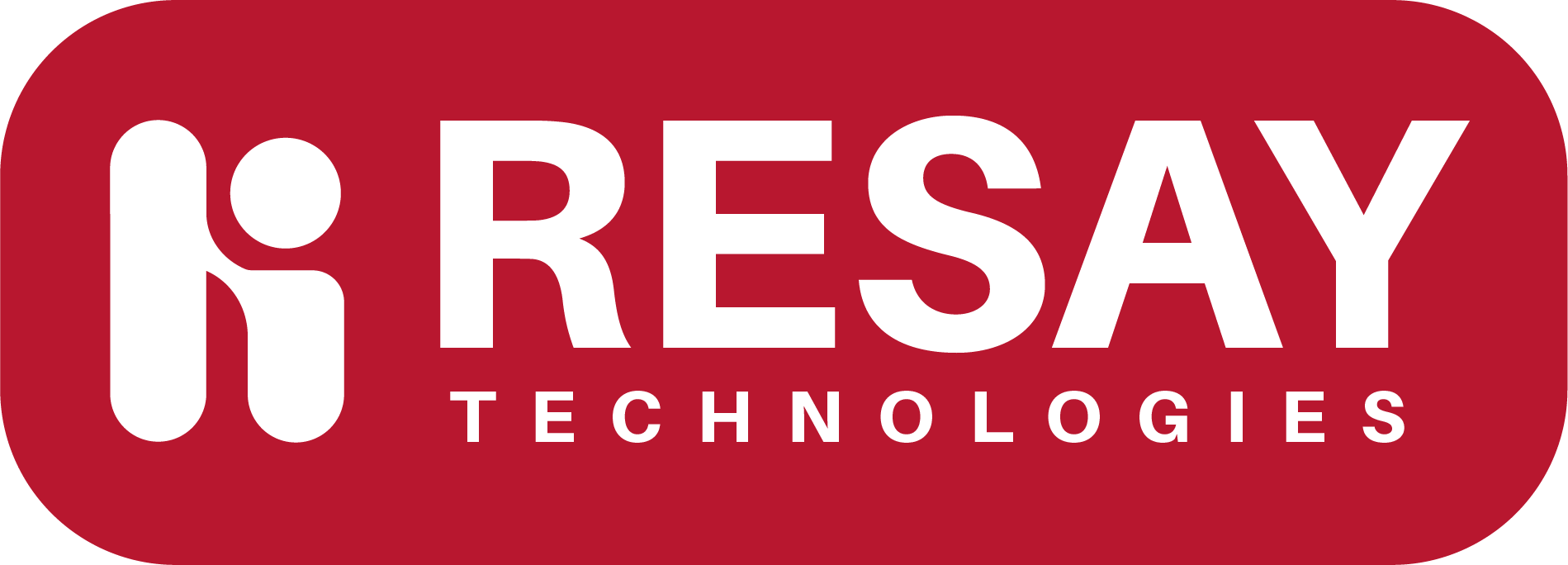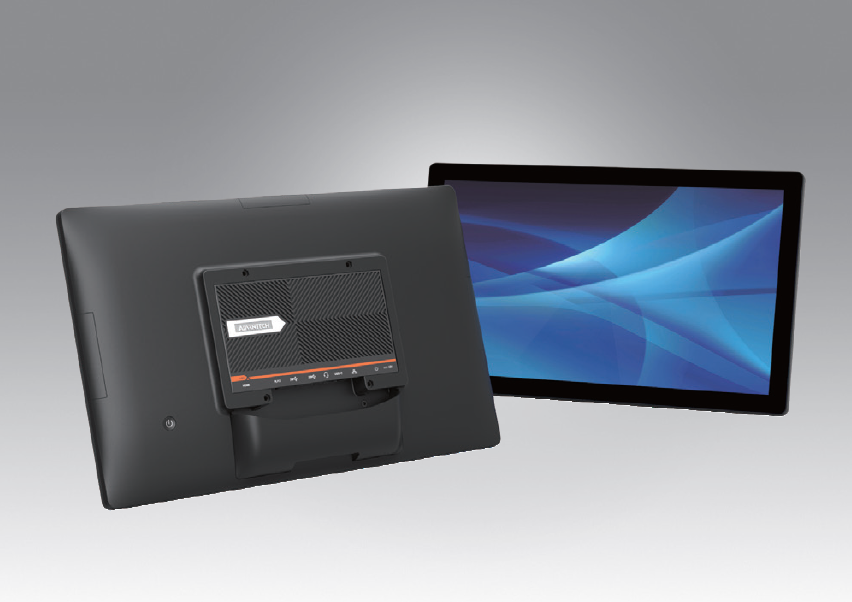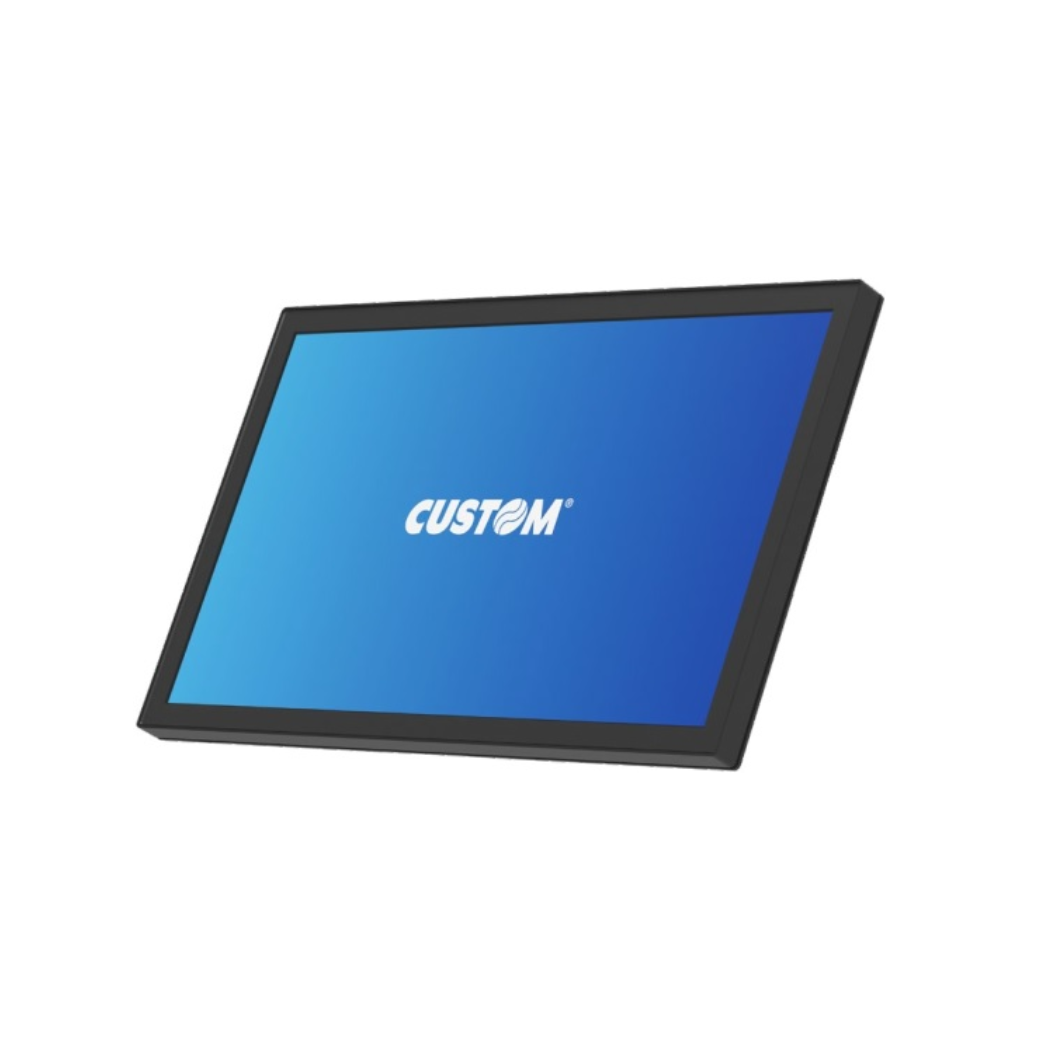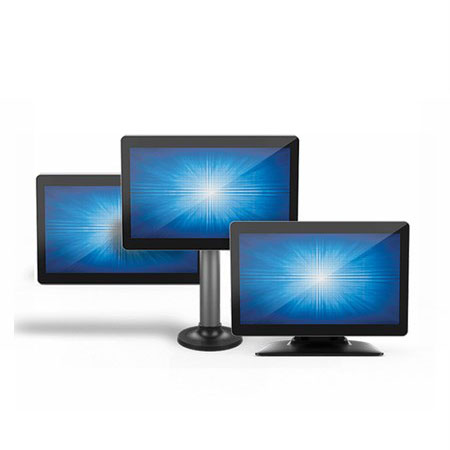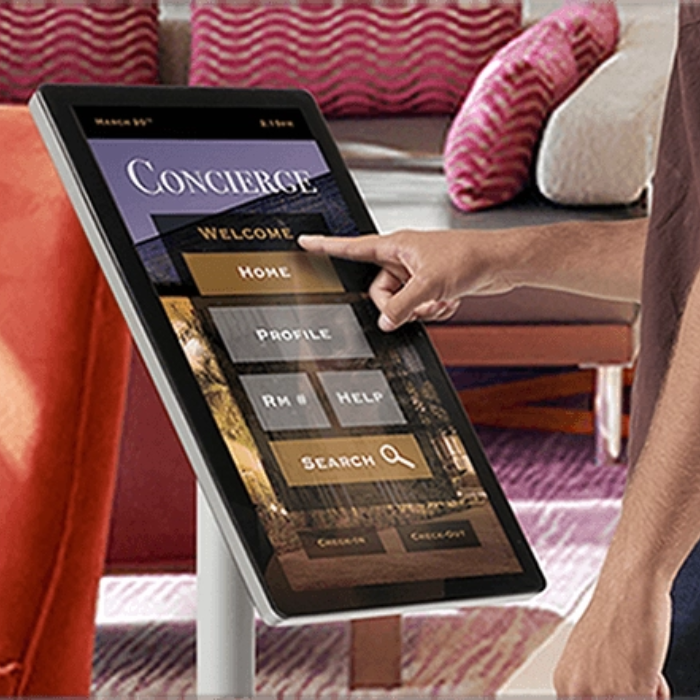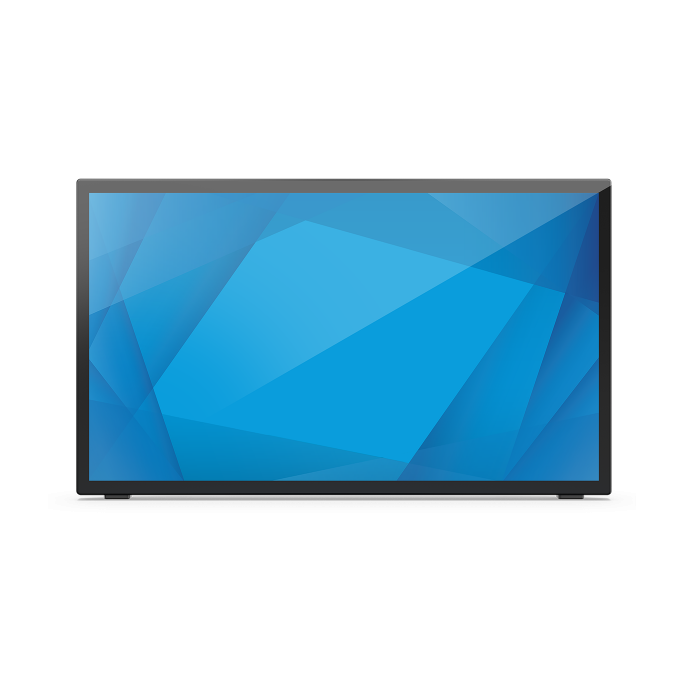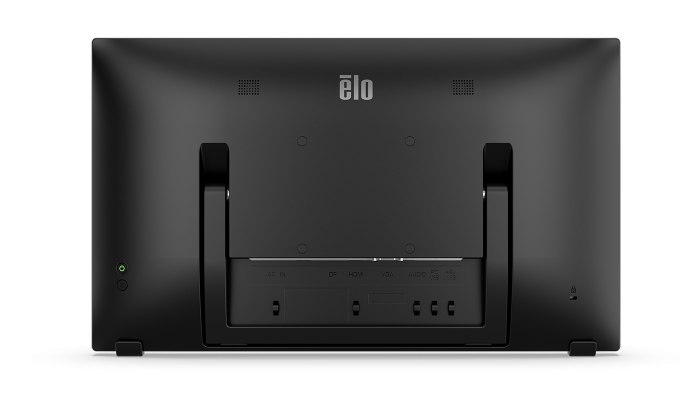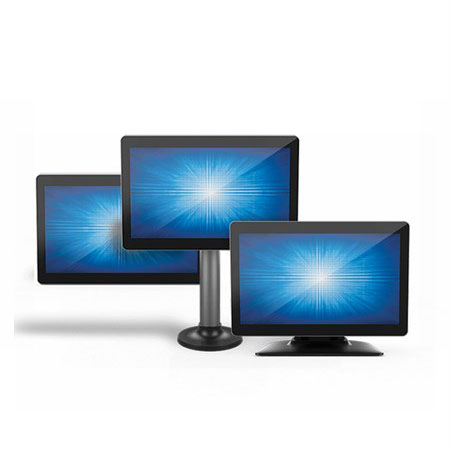ELO, EPOS, Monitors/Touch Screens, POS Terminals, Signages, Touchscreen Computers
Elo I-Series 2.0 for Android AiO Touchscreen Monitor, Android 7.1, 15.6-inch, HD 1366 x 768 display/HD 1920 x 1080 IPS display, ARM A53 2.0-GHz Octa-Core Processor, 2GB/3GB RAM, 16GB/32GB Flash, Projected Capacitive 10-touch, Clear, Wi-Fi, Ethernet, Bluetooth 4.1
0 out of 5
Touchscreen computers refer to computing devices equipped with a touchscreen interface, allowing users to interact with the device directly by touching the display. This eliminates the need for traditional input devices like a mouse or keyboard, providing a more intuitive and hands-on experience. Touchscreen computers come in various forms, ranging from traditional desktop monitors to laptops, tablets, and all-in-one PCs. Here are key aspects of touchscreen computers:
- Touchscreen Technology:
- Resistive: Sensitive to pressure; commonly used in industrial applications.
- Capacitive: Responds to the electrical conductivity of the user’s touch; widely used in consumer devices.
- Infrared: Uses infrared sensors to detect touch; often seen in large interactive displays.
- Surface Acoustic Wave (SAW): Relies on ultrasonic waves to detect touch; known for durability and clarity.
- Optical Imaging: Uses cameras or sensors to detect touch; found in some interactive displays.
- Form Factors:
- Desktop Monitors: Traditional monitors with touch functionality, used with a separate computer.
- Laptops: Laptops with touchscreen displays for direct interaction.
- All-in-One PCs: Integrated desktop computers with a touchscreen display.
- Tablets: Portable devices with touchscreens, including those running iOS, Android, or Windows.
- Convertible Laptops: Laptops with screens that can be flipped or detached to function as tablets.
- Operating Systems:
- Touchscreen computers support various operating systems, including:
- Windows: Many touchscreen devices run Windows, with support for touch gestures and a touch-friendly interface.
- iOS: Apple’s mobile operating system designed for iPads and iPad Pros.
- Android: Google’s mobile operating system used in many touchscreen tablets.
- macOS: Apple’s desktop operating system, which supports touch gestures on certain devices.
- Touchscreen computers support various operating systems, including:
- Touch Gestures:
- Touchscreen computer support various gestures, including tapping, swiping, pinching, and rotating, providing a more interactive and user-friendly experience.
- Applications:
- Touchscreen computers are used in a wide range of applications, including:
- Productivity: Touchscreen laptops and desktops for work tasks and document handling.
- Entertainment: Tablets and convertibles for gaming, video streaming, and multimedia consumption.
- Education: Interactive displays in classrooms, educational software on tablets.
- Retail: Point-of-sale (POS) systems, interactive kiosks.
- Healthcare: Touchscreen devices for patient records, medical imaging.
- Touchscreen computers are used in a wide range of applications, including:
- Stylus and Pen Input:
- Some touchscreen computers support stylus or pen input for precise drawing, note-taking, or graphic design.
- Durability and Build Quality:
- Touchscreen computers come in various build qualities, and some are designed to be more durable, making them suitable for specific environments such as industrial or medical settings.
- Multitouch Capability:
- Many touchscreen devices support multitouch, allowing multiple points of contact simultaneously for more advanced gestures and interactions.
- Accessibility:
- Touchscreens enhance accessibility for users with certain disabilities, providing an alternative input method.
- Integration with Virtual Assistants:
- Touchscreen computers often integrate with virtual assistants like Siri, Google Assistant, or Cortana for voice commands and interactions.
Touchscreen computers have become increasingly prevalent in various industries and daily life, offering a more natural and interactive way to interact with digital content. The choice of a touchscreen device depends on the user’s needs, preferences, and the intended use case.
